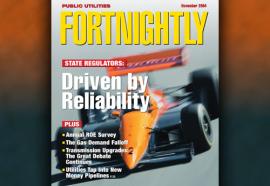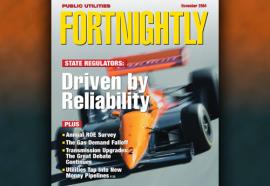The Need for Nuclear Now
States will play a significant role in the resurgence of nuclear power plants in America.
At times, various conditions align and set the stage for achieving goals that may have appeared to be unreachable. Last summer, the Boston Red Sox were all but eliminated from contention, but then won an amazing stretch of baseball games that resulted in a World Series championship.
A similar scenario can be applied to the U.S. nuclear industry-producer of a steady, low-cost, environmentally important electricity source poised to thrive with the possibility of new plant construction in the not-so-distant future.










